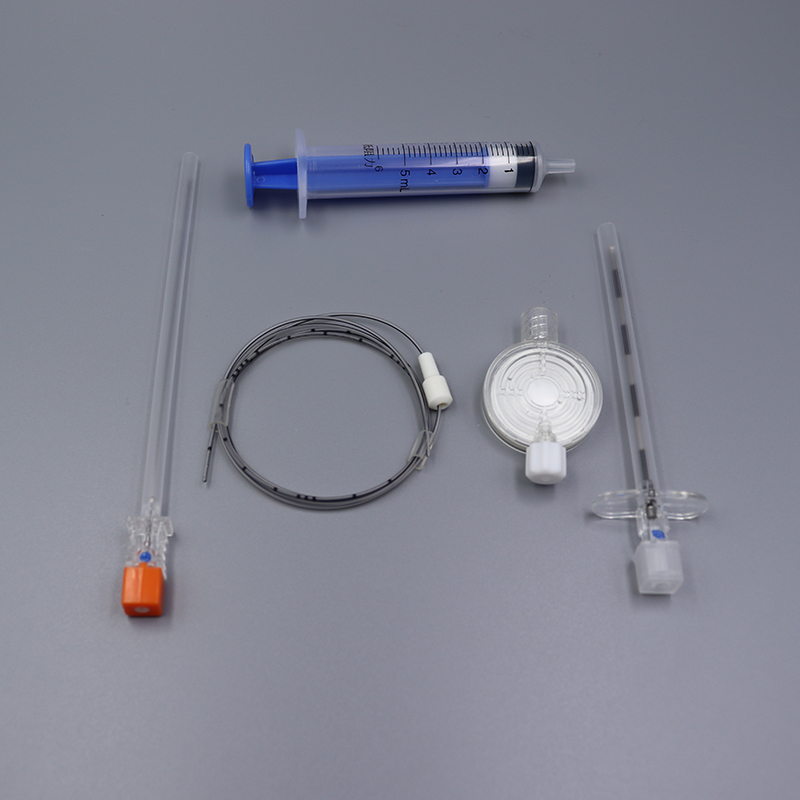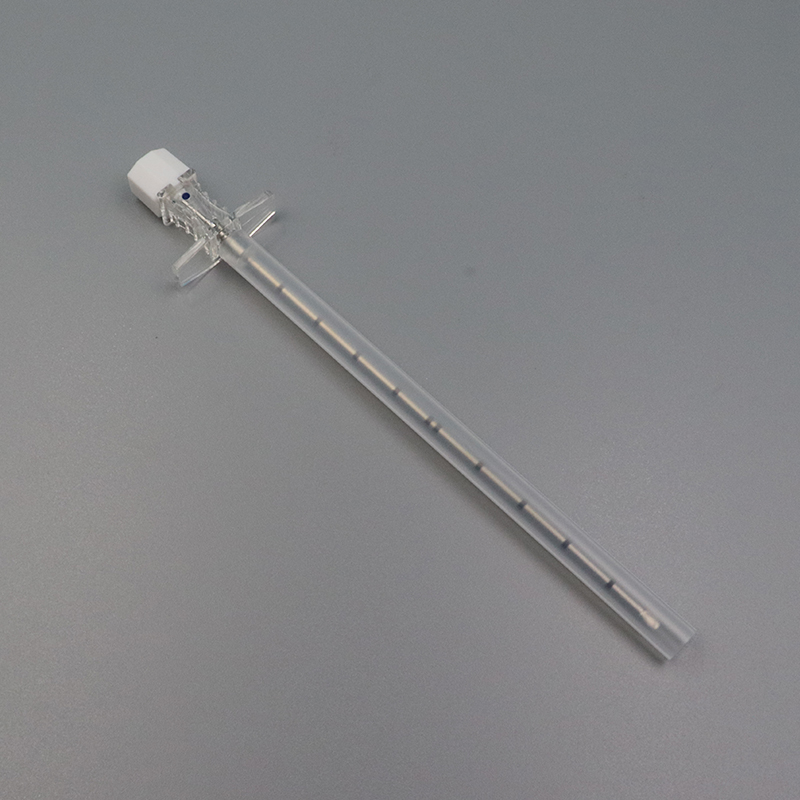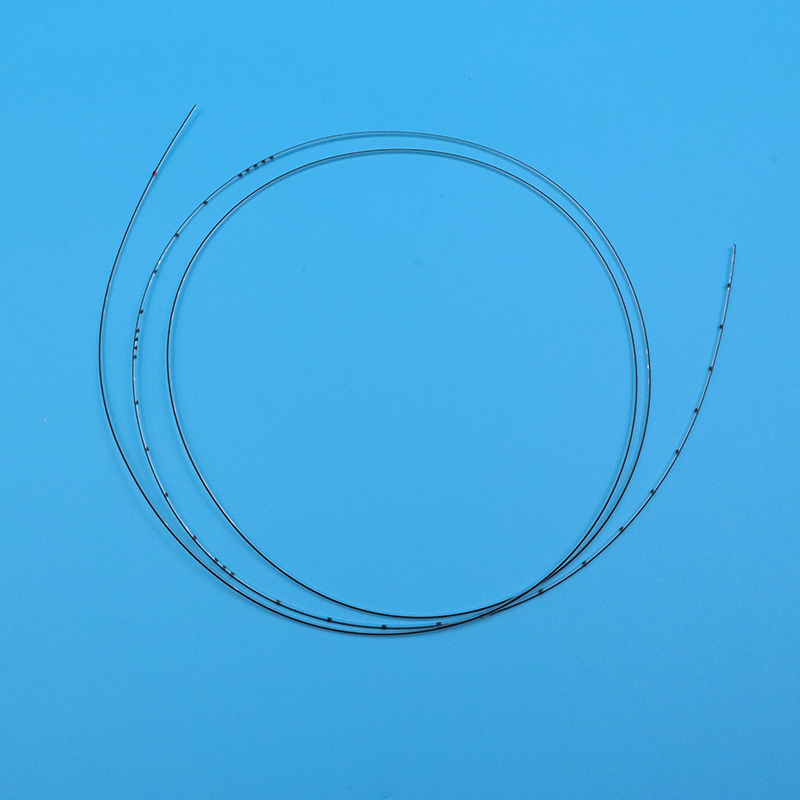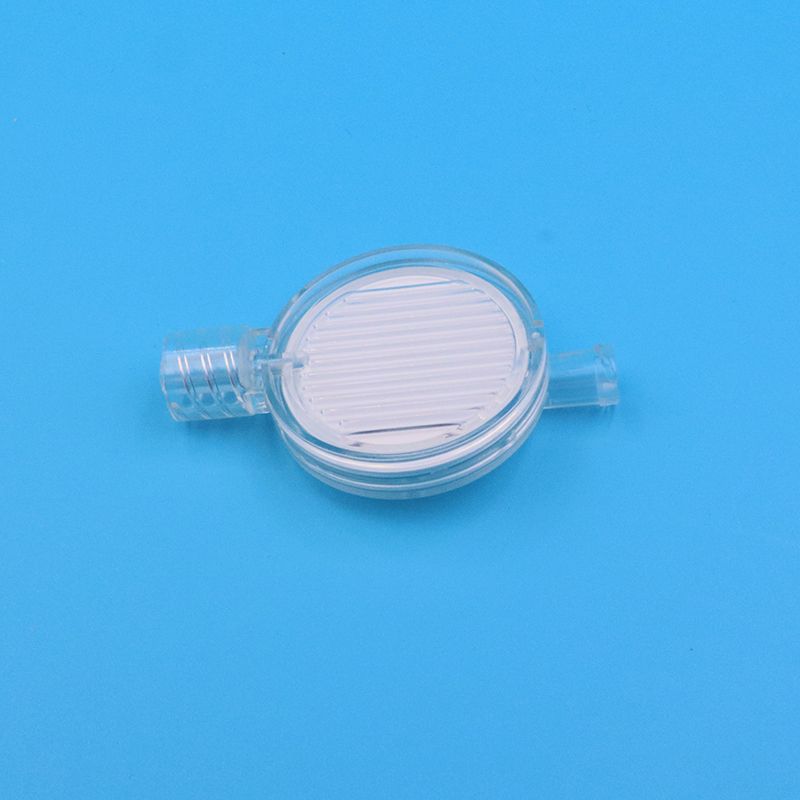Combined spinal epidural anesthesia (CSE) is a technique used in clinical procedures to provide patients with epidural anesthesia, transport anesthesia, and analgesia. It combines the advantages of spinal anesthesia and epidural anesthesia techniques. CSE surgery involves the use of a combined spinal epidural kit, which includes various components such as a LOR indicator syringe, epidural needle, epidural catheter, and epidural filter.
The combined spinal epidural kit is carefully designed to ensure safety, effectiveness and ease of use during the procedure. The LOR (Loss of Resistance) indicator syringe is an important part of the kit. It helps the anesthesiologist accurately identify the epidural space. When the plunger of the syringe is pulled back, air is drawn into the barrel. As the needle enters the epidural space, the plunger encounters resistance due to the pressure of the cerebrospinal fluid. This loss of resistance indicates that the needle is in correct position.
The epidural needle is a hollow, thin-walled needle used to penetrate the skin to the desired depth during CSE surgery. It is designed to minimize patient discomfort and ensure accurate placement of the epidural catheter. The needle’s hub is connected to a LOR indicator syringe, allowing the anesthesiologist to monitor resistance during needle insertion.
Once in the epidural space, the epidural catheter is passed through the needle and advanced to the desired location. The catheter is a flexible tube that delivers local anesthetic or analgesic into the epidural space. It is held in place with tape to prevent accidental shifting. Depending on the patient’s needs, the catheter can be used for continuous infusion or intermittent bolus administration.
To ensure high-quality drug administration, the epidural filter is an important component of the CSE suite. The filter helps remove any particles or microorganisms that may be present in the medication or catheter, thereby reducing the risk of infection and complications. It is designed to allow smooth flow of medication while preventing any contaminants from reaching the patient’s body.
The advantages of the combined spinal-epidural technique are many. It allows reliable and rapid onset of anesthesia due to the initial spinal dose. This is particularly beneficial in situations where immediate pain relief or intervention is required. Additionally, epidural catheters provide sustained analgesia, making them suitable for longer-duration procedures.
Combined spinal-epidural anesthesia also provides dosing flexibility. It allows the drug to be titrated, meaning the anesthesiologist can adjust the dose based on the patient’s needs and responses. This personalized approach helps achieve optimal pain control while minimizing potential side effects.
Furthermore, CSE is associated with a lower risk of systemic complications compared with general anesthesia. It may better preserve lung function, avoid certain airway-related complications, and avoid the need for endotracheal intubation. Patients who undergo CSE typically experience less postoperative pain and shorter recovery times, allowing them to return to normal activities more quickly.
In conclusion, combined neuraxial and epidural anesthesia is a valuable technique for providing anesthesia, transport anesthesia, and analgesia to patients during clinical procedures. The combined spinal epidural kit and its components, such as the LOR indicator syringe, epidural needle, epidural catheter, and epidural filter, play a critical role in ensuring the safety, effectiveness, and success of the procedure. With its advantages and applications, CSE has become an integral part of modern anesthesia practice, providing patients with better pain management and faster recovery.
Post time: Oct-25-2023











